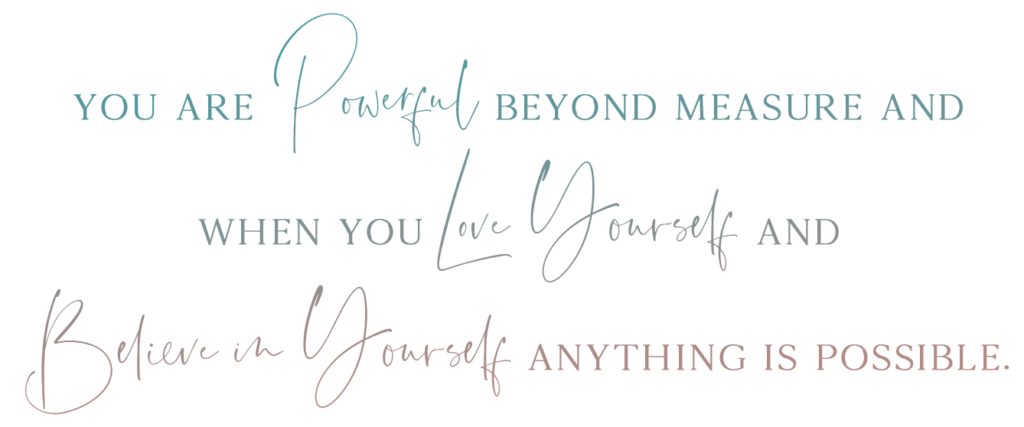By Nicole Doherty – Published in American Athlete Magazine
I recently polled athletes on Facebook to find out what it was they wanted to know about yoga. In my attempt to get answers, I received a few requests for information on how yoga can help athletes with injury prevention, performance, breath, mental focus, balance, core strength, flexibility, recovery and endurance. In response, here is my list of the top ten ways that yoga can help athletes.
Top 10 Ways Yoga Can Help Athletes
- Injury Prevention – Athletes undergo a lot of stress on their bodies while participating in most sports through contact and training. Athletes often favor certain muscles groups in their weight training. This repetitive overuse will cause imbalances in strengthening and lengthening. Tighter muscles can end up pulling at the ligaments and joints. One athlete wrote me saying that he threw out his back because he wasn’t doing enough stretching to go along with his weight training. Muscle tightness puts an athlete at a greater risk of tearing due to the muscle’s resistance especially in an experience like a fall. So it’s to the benefit of an athlete to have more pliability and flexibility to prevent injuries. In addition, yoga is designed to work the muscles around the joints for stability as well as to gain full mobility and rotation in the joints, making an athlete more fluid and flow based with their movement.
- Increase Performance – Better flexibility and range of motion can translate to increased performance in athletes. For example, one woman wrote that she could lunge lower for ground balls in her softball games with her new flexibility and she could throw further distances with more complete shoulder rotation. She also found that she had a quicker response time with an improved mind-body connection. This keen sense of awareness relates to proprioception, which leads us to the next way yoga can help an athlete: body awareness.
- Body Awareness – Proprioception is often referred to as the sixth sense. It is the ability to perceive our body internally without our eyes, but with our minds. We can perceive the body in its position in space, the direction and speed of its movement. Through subtle actions addressed throughout a yoga class we gain an understanding of how our body moves in various ways in relation to its parts with a sense of keen awareness. This understanding of anatomy and body mechanics not only helps with reaction time, but with balance and injury prevention as well.
- Balance – Yoga is designed to alleviate the law of compensation. The law of compensation states that our bodies will default to the path of least resistance when unconscious in our activity. Generally, the path of the least resistance is the most flexible and often weakest area in our bodies. Yoga allows us to see where we have been compensating and helps to balance the body by placing special attention to symmetry. When we can align our body and stack our bones, we discover our weaknesses, as well as our strengths. For example, we practice standing balance poses on one leg at a time to isolate certain muscles and challenge the body to move into a deeper engagement with that muscle so that we can stabilize the body. A martial artist wrote in and said his improved balance greatly increased his abilities to perform especially with high kicks.
- Core Strength – As I mentioned in a previous article, stretching and strengthening of the abdominal, paraspinal, and pelvic muscles, commonly lumped into the term “core” are extremely important to maintaining a healthy spine– these are the cornerstones of a Yoga practice. When muscles in these areas are healthy and strong, they can take pressure off the spine and help prevent injury. Yoga not only addresses the physical body, but also the subtle energy body. A strong core in the subtle body system relates to the health of self-esteem, will power and drive.
- Breath Awareness – One of the biggest benefits of yoga is its focus on the breath. When practicing yoga we become hyper aware of the quality and length of our breath. This consistent monitoring of the breath leads to efficiency and effectiveness of breath. It also allows us to gauge when we are active or relaxed, so we can accurately manage our own nervous systems and bring them back to balance in any situation. This attention to breath also allows us to strengthen the diaphragm and expand our lung tissue to its full capacity. When we breathe at full capacity, we increase the amount of oxygen that feeds the body and the muscles which also aids in increasing our endurance.
- Mental Focus – I always tell my new students that yoga is a listening exercise and an opportunity to be present. In order to remain in the flow of the class, we have to improve our listening skills. What we hear from the teacher we then translate into our bodies. Having a yoga practice forces us to be present and to focus our minds on the tasks at hand. Any athlete would agree that without mental focus and presence they couldn’t perform well. When we can learn to observe our minds and its patterns we can start to remove obstacles that would otherwise hold an athlete back if they weren’t conscious of them. Being the witness in the observation of the relationship to the Self is a huge benefit for any athlete.
- Stress Relief – Yoga teaches us how to calm the mind and the nervous system while faced with stress and physical challenge. No matter how challenging something becomes, we learn to default to a calm mind and meditate. Yoga is called a moving meditation. Since training and competing can increase stress, not only on your body but also our mind, it’s important to be able to perform in a way that does not feel stressful. In a previous article, I wrote about being in the zone. “In the zone” is that state of complete surrender to mental focus, clarity and calmness of being that allows for optimum performance in the activity at hand. I think yoga is a great practice for before and after any competition. You can adapt a yoga practice to be stimulating for energy or calming for tranquility, but either way it will be great for mental focus.
- Recovery Time – You can find countless case studies of athletes who came to full recovery of their injuries through their yoga practice. Some of the founders of the Western yoga such as Iyengar and Bikram became such proponents of yoga because it cured them of illness and injury. Yoga Therapy is a growing method of physical therapy for injury recovery widely recognized by Western medicine. Not only is yoga a great method for injury recovery, but also it helps with post-workout recovery time. After a vigorous workout, athletes often have sore, energy-depleted muscles. Yoga can help move energy through the body and relieve what could have been several days of muscle soreness, with a few poses and some breath work.
- Endurance – Endurance of an athlete is measured by the overall physical constitution of an athlete. Yoga aids endurance through all of the benefits offered above. With all of these benefits assisting an athlete, he or she will have increased stamina for competition and a longer career living in a much more healthy, balanced body.
By Nicole Doherty – Published in American Athlete Magazine



 Gracefully put yourself first
Gracefully put yourself first